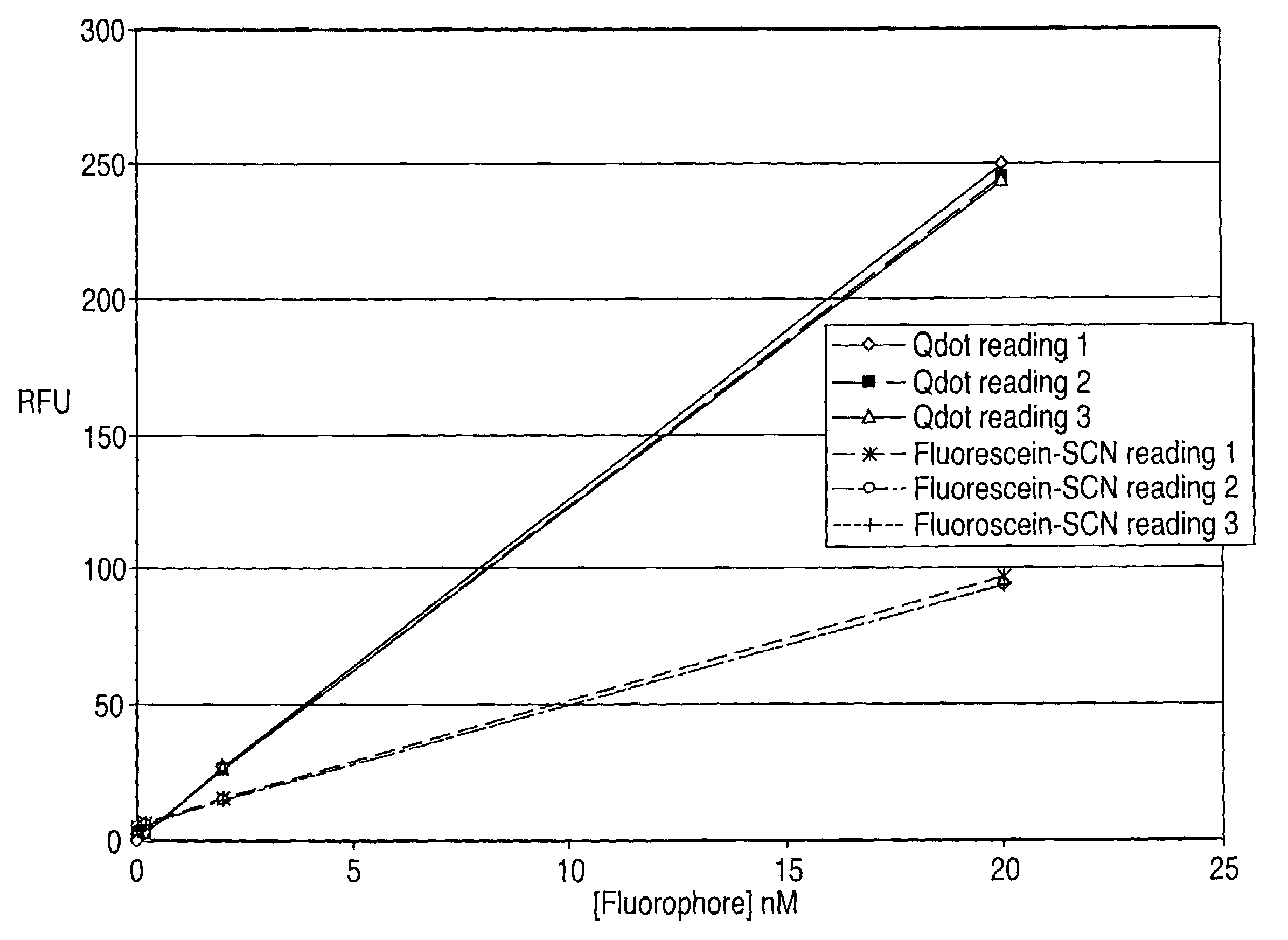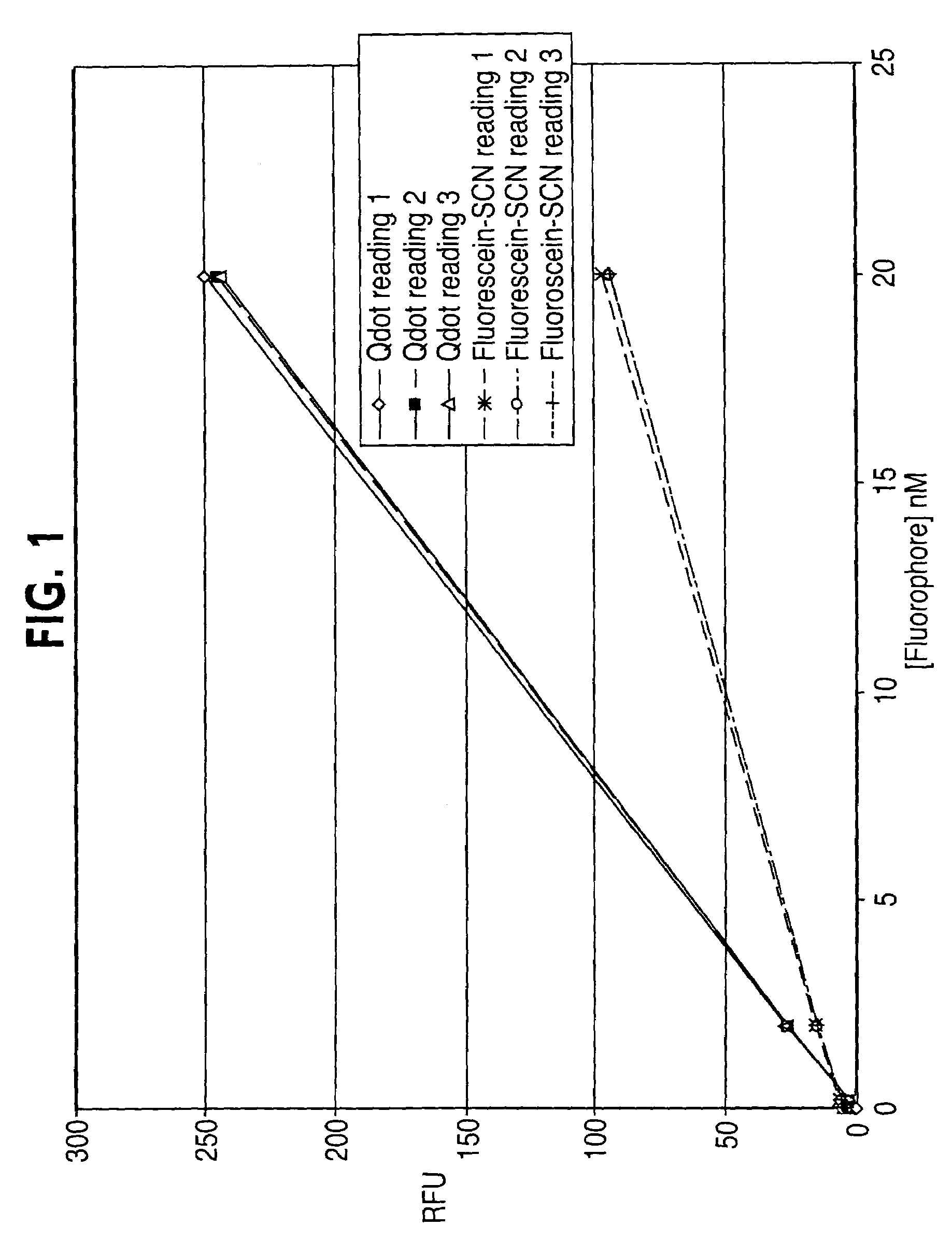Methods for verifying fluid movement
a fluid movement and fluid technology, applied in the field of fluid movement verification methods, can solve problems such as difficulty in controlling the nature and quality of final products, and achieve the effects of improving chemical and photochemical stability, high quantum yield, and high absorption cross section
- Summary
- Abstract
- Description
- Claims
- Application Information
AI Technical Summary
Benefits of technology
Problems solved by technology
Method used
Image
Examples
Embodiment Construction
[0033]The practice of the present invention will employ, unless otherwise indicated, conventional techniques of synthetic organic chemistry, biochemistry, molecular biology, and the like, which are within the skill of the art. Such techniques are explained fully in the literature. See, e.g., Kirk-Othmer's Encyclopedia of Chemical Technology; House's Modern Synthetic Reactions; the Marvel et al. text ORGANIC SYNTHESIS; Collective Volume 1, and the like.
[0034]All publications cited in this specification are incorporated herein by reference. While the invention has been described with reference to a particularly preferred embodiment, it will be appreciated that modifications can be made without departing from the spirit of the invention. Such modifications are intended to fall within the scope of the appended claims.
[0035]In describing the present invention, the following terms will be employed, and are intended to be defined as indicated below.
[0036]The terms “semiconductor nanocrysta...
PUM
| Property | Measurement | Unit |
|---|---|---|
| diameter | aaaaa | aaaaa |
| diameter | aaaaa | aaaaa |
| diameter | aaaaa | aaaaa |
Abstract
Description
Claims
Application Information
 Login to View More
Login to View More - R&D
- Intellectual Property
- Life Sciences
- Materials
- Tech Scout
- Unparalleled Data Quality
- Higher Quality Content
- 60% Fewer Hallucinations
Browse by: Latest US Patents, China's latest patents, Technical Efficacy Thesaurus, Application Domain, Technology Topic, Popular Technical Reports.
© 2025 PatSnap. All rights reserved.Legal|Privacy policy|Modern Slavery Act Transparency Statement|Sitemap|About US| Contact US: help@patsnap.com


